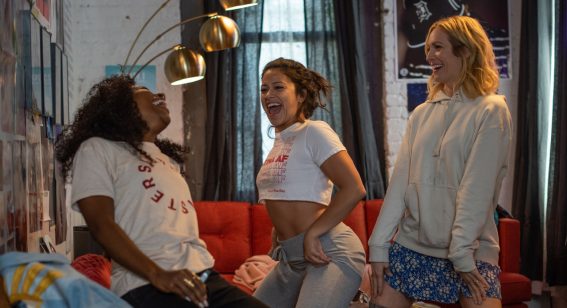Between Two Ferns: The Movie is a jumbo-sized take on satirical interview series
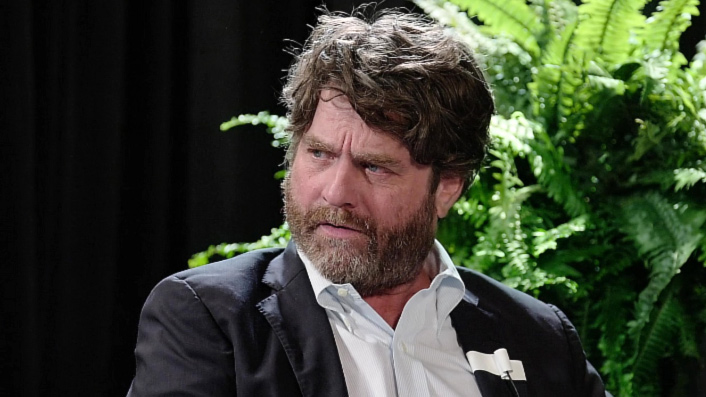
Zach Galifianakis’ Funny Or Die interview series goes to movie length on Netflix, with David Letterman, Brie Larson, Benedict Cumberbatch, John Legend, Paul Rudd, Jon Hamm, Peter Dinklage, Tessa Thompson, Awkwafina and a soaking wet Matthew McConaughey among those subjected to his interview “technique”.
In his review, Tony Stamp reflects on the nature of the celeb interview and where Galifianakis’s skewering of the format sits ten years on.
I once interviewed one of my favourite directors, and he refused to make eye contact with me. It wasn’t until around fifteen minutes in that I asked a question he thought was worthy of his attention and he fixed me with his (frankly, terrifying) gaze.
More recently, I asked another director why she always worked with the same scriptwriter. The answer? “He’s my husband”.
Awkward.
Stories like this are pretty common. A colleague once talked to an amazonian actress who claimed she hadn’t heard the word ‘amazonian’ before. But had she?
It’s a strange situation for everyone involved: you’re on the clock, talking to a complete stranger, looking to forge some sort of intimacy and achieve a pretty specific outcome. Interviewees might be on their tenth chat of the day. No wonder things might go skewiff.
The televised chat show is its own beast entirely: under the glare of the cameras, bite-sized convos are produced and stage-managed into slick, digestible product where everyone has an amusing anecdote and they all seem to get on like a house on fire.
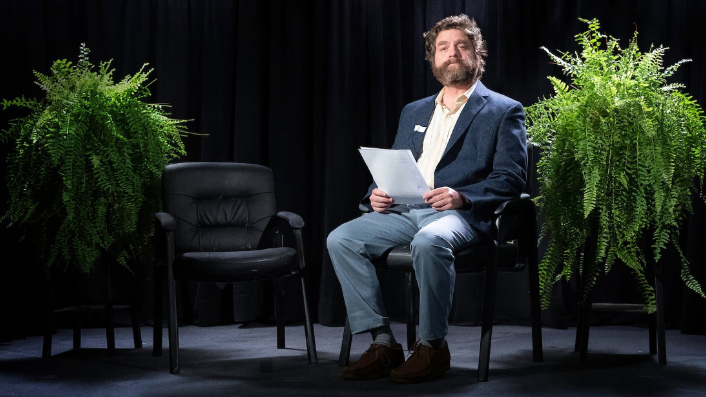
It’s this sort of pre-packaged chumminess that Zach Galifianakis and Scott Aukerman were taking aim at when they devised Between Two Ferns in 2008. Taking place on a threadbare public access TV set, Galifianakis mispronounced his guests’ names and muttered his way through a salvo of barbed questions aimed squarely below the belt.
First guest Michael Cera was asked, “Have I told you that I enjoyed the movie Superbad?”
“No.” replied Cera.
Galifianakis: “Good.”
The show provokes discomfort in both guest and viewer. Airing on Funny Or Die, the creators emphasised there was no preparation; guests had no idea what they would be asked and their answers were genuine and in the moment.
We’re all pretty media-savvy these days, and clearly the show is prepackaged, but even knowing Brad Pitt signed up for this, he had to be taken aback when asked how he had such a good tan when he lives in his wife’s shadow.
Between Two Ferns continued sporadically for ten years, featuring numerous A-listers, a president, and a presidential hopeful. Galifianakis starred in The Hangover trilogy and for a minute there looked like he may become a superstar before nestling back down into a more cult comedian level of fame.
Ricky Gervais insulted celebs at the Golden Globes, Eric Andre took the format to surreal new levels, the tradition of Hollywood Roasts reemerged, and Craig Ferguson implied Alice Eve was good at oral sex. Galifianakis said publicly that he thought Between Two Ferns had run its course.
So perhaps the newly-released on Netflix Between Two Ferns: The Movie is a jumbo-sized sendoff. Ostensibly a behind-the-scenes documentary, it features a wildly impressive array of talent lining up to be insulted, some of them literally appearing in just one shot.
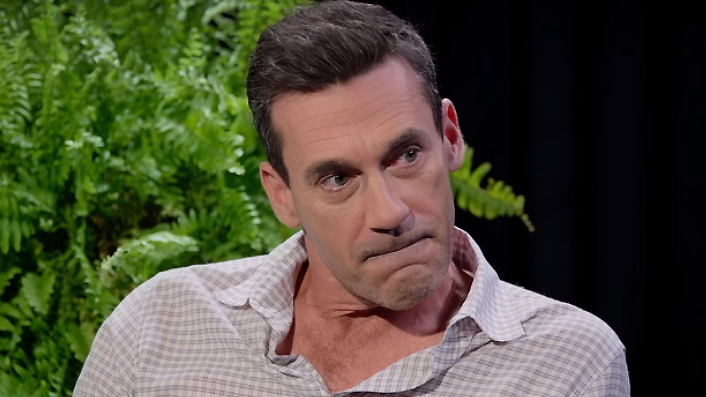
The movie constructs a threadbare plot to hang these appearances off. If Zach collects a certain number of interviews for his Funny Or Die boss Will Ferrell (playing himself as a terrifying egomaniac), he’ll get his own talk show, on a real network.
Story-wise it ain’t much, but that’s fine. There’s a little supporting cast playing Zach’s colleagues, lots of indie comedians turn up in supporting roles, there’s a sort of tension in Zach’s self-doubt and a ticking clock baked into the plot, but it’s all just an excuse to watch celebrities squirm, and on that front B2F:TM doesn’t disappoint.
Like the aforementioned Gervais, Galifianakis and Aukerman take aim at their subject’s perceived weak spots (to Keanu Reeves: “do you ever think of playing someone who can act?”) but I’d argue that their questions are better-crafted, surprising in the way the best jokes are, and get plenty of mileage out of Zach’s rumpled, supremely awkward screen presence.
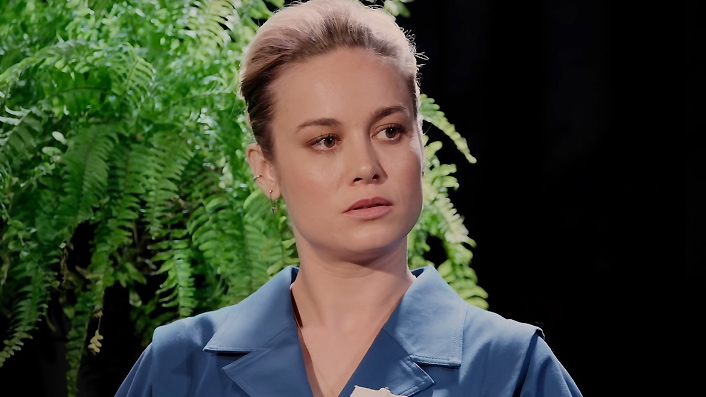
The film hinges on something the creators have said publicly: that the humour relies on us laughing at the interviewer, not his guests, but come on: who doesn’t relish watching glamorous millionaires being taken down a peg or two? This has to have helped the show’s considerable success.
While watching Between Two Ferns I always wonder what’s left on the cutting room floor. And moreso: when interviews are such a tricky business in the best of situations, how does Galifianakis keep things on track?
The answer is kind of revealed during the film’s end credits: turns out he’s incredibly affable, acknowledges how mean he’s being, and is perpetually on the verge of cracking up. He makes his guests comfortable enough that they endure being berated with a straight face.
In other words, he’s actually a really good interviewer.
It’s just that none of that makes it onscreen.


